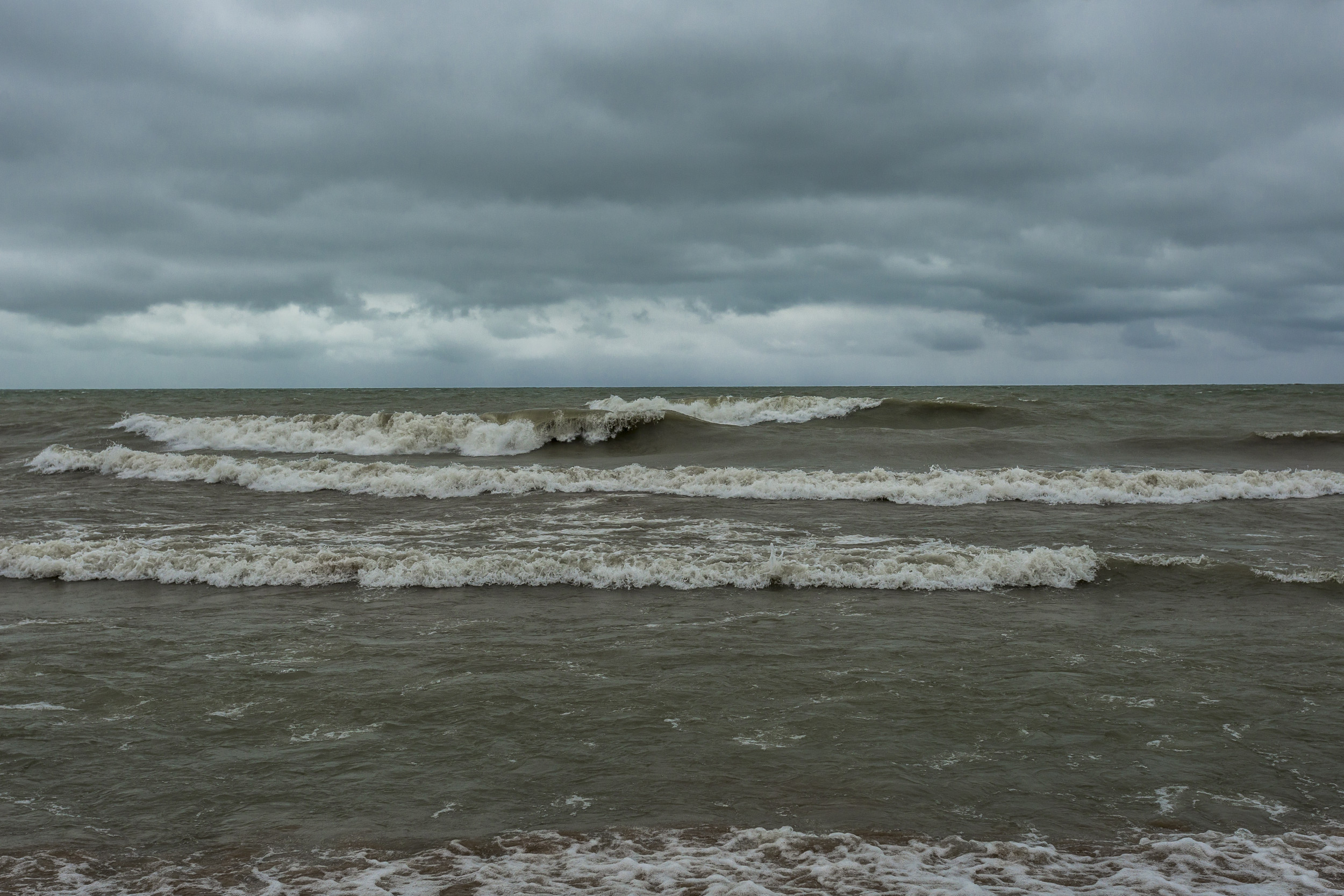
National Weather Service (NWS) meteorologists warned millions of people against entering the water at four Great Lakes on Monday amid dangerous currents and large waves.
Why It Matters
Beaches on the Great Lakes draw millions of residents and tourists in summer months. Hazardous surf and currents can quickly turn routine recreation into life‑threatening situations. The NWS advisories specifically warned that wind-driven waves can create rip currents that pull swimmers away from shore, sweep people off piers and quickly tire even experienced swimmers.
The warnings come as there have been 60 drownings at Great Lakes so far this summer, according to statistics from the Great Lakes Surf Rescue Project. Half of those have occurred at Lake Michigan.
Richard Wellenberger/Getty
What To Know
The warnings encompassed beaches in Wisconsin, Illinois, Michigan, Ohio, Pennsylvania and New York. Impacted Great Lakes include Lake Erie, Lake Huron, Lake Michigan and Lake Ontario.
NWS offices published beach hazards statements that covered dozens of shoreline counties around the lakes. The statements warned of life-threatening waves as large as 6 feet in parts of Wisconsin and Michigan, a high risk of longshore currents in Wisconsin, and a high risk of rip currents in Ohio, Pennsylvania and strong currents and dangerous swimming conditions in New York.
“Wind and wave action will cause currents on the lakeshore. Swimmers should not enter the water,” a coastal hazard message issued by the NWS office in Cleveland said. “Currents can carry swimmers away from shore through a sand bar and along structures extending out into the lake.”
Specific offices naming active advisories included NWS Chicago, Green Bay, Milwaukee/Sullivan, Buffalo, Cleveland, Gaylord and Marquette.
“We’ve got some winds out of the southeast, east-southeast in some locations,” NWS meteorologist Scott Baker, who works at the Chicago office, told Newsweek. “What that’s doing is pushing wind onshore, and…that brings the higher wave activity over to the Illinois and Wisconsin lakefronts.”
In addition to the warnings regarding the Great Lakes, some coastal areas along the Atlantic Ocean also have beach hazards statements in place as Hurricane Erin churns out large, dangerous waves and currents.
What People Are Saying
NWS Chicago, on X: “After another hot and humid day, a pattern change is finally on the horizon with cooler, less humid, and drier conditions. Note that dangerous swimming conditions will continue along Illinois beaches of Lake Michigan through early this afternoon.”
NWS Green Bay, Wisconsin, in a beach hazards statement: “Dangerous swimming conditions are expected. Strong currents can pull swimmers into deeper water and high waves can sweep people off piers.”
What Happens Next
The dangerous conditions were expected to expire as soon as Monday morning in areas like Marquette, Michigan, but they could last into the evening for other areas. People planning on visiting the Great Lakes on Monday should monitor local weather guidance and ensure the water is safe to enter before doing so.
